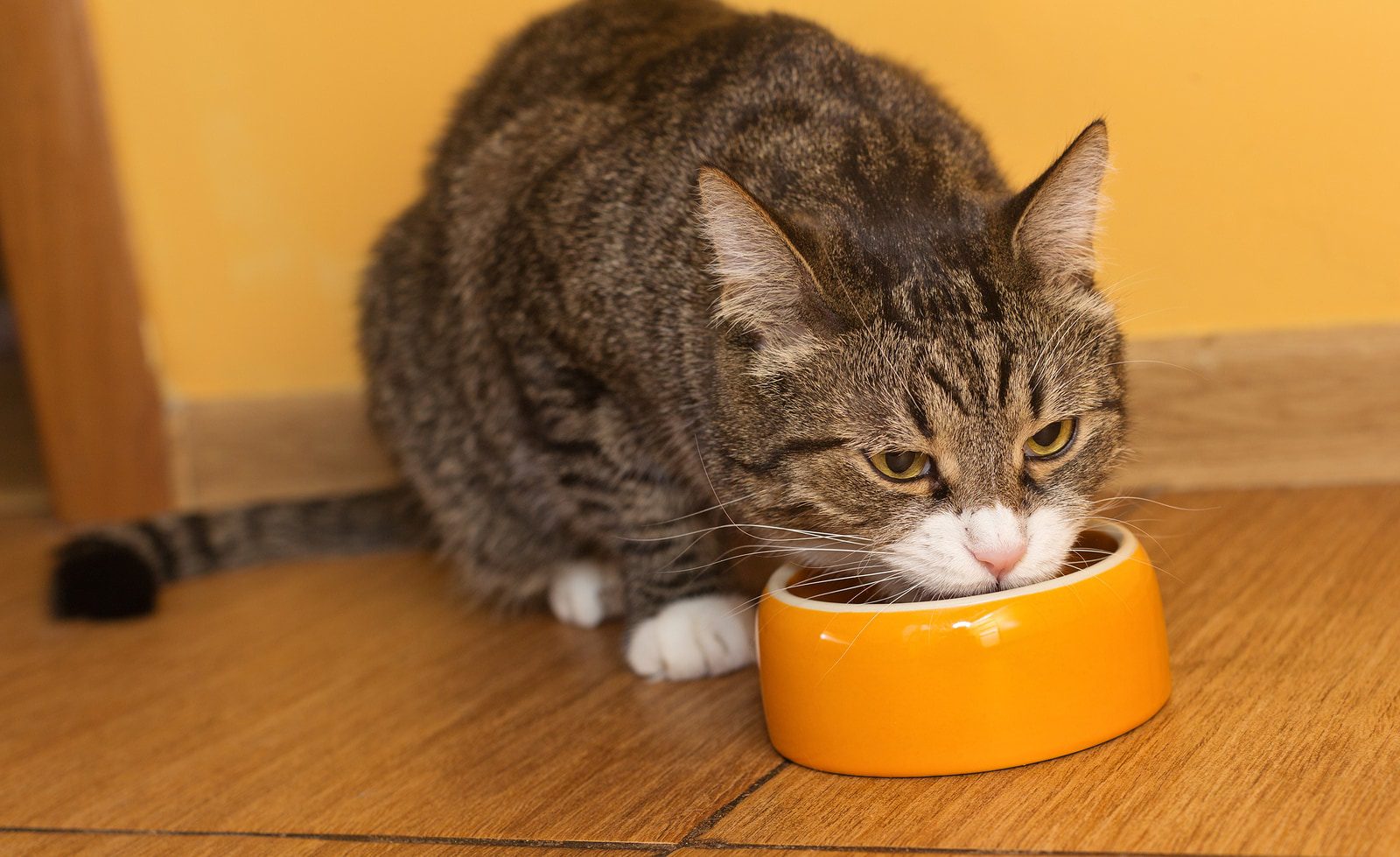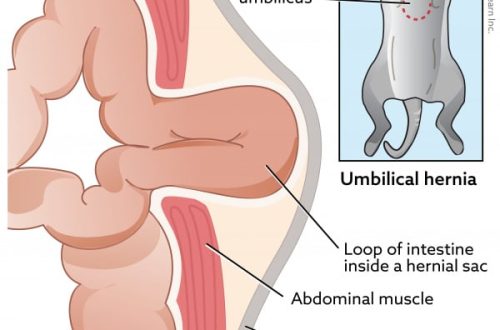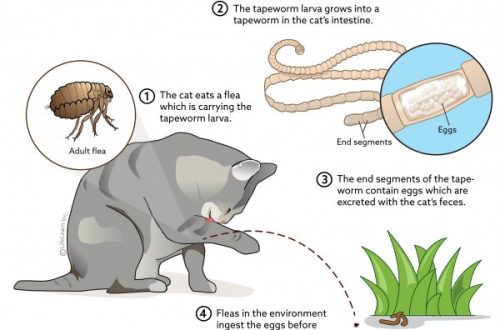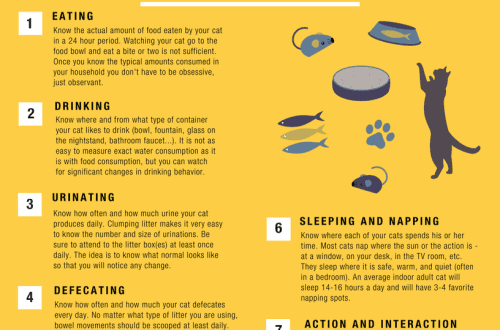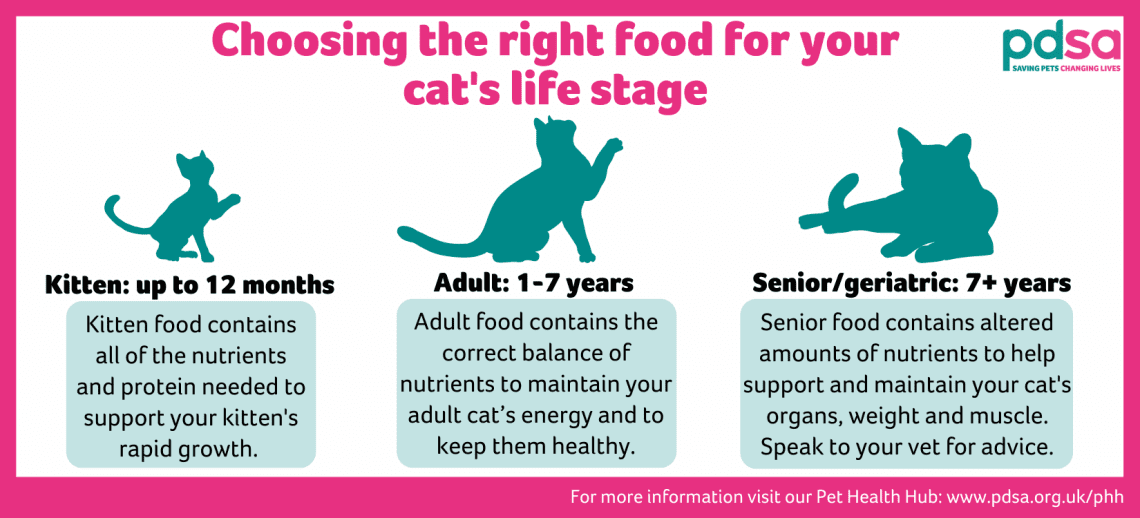
Choosing healthy food for cats: everything you need to know about it
Just like you, your cat needs healthy food and a balanced diet at every stage of her life to thrive. But you can’t just feed her salad for dinner and say goodnight. Proper nutrition contributes to the growth of the kitten and improves the development of the cat in adulthood. He needs to receive nutrient-rich food for proper development. Here’s what you need to know to find healthy cat food.
Proteins, carbohydrates and fats
The healthiest cat food options are those that contain the essential nutrients for a balanced diet. In addition to pure fresh water, a cat’s normal nutritional requirements for a healthy lifestyle include a balanced diet containing nutrients such as proteins, carbohydrates and fats. They help keep your cat’s muscles, skin, and coat healthy. Carbohydrates are important for energy production, allowing the animal to live as actively as possible for an extended period of time.
Main components
When you start looking for a food that will benefit your pet, you will usually see the following ingredients listed on every label:
- Chicken, barley, turkey, tuna, corn, and dry egg products are excellent sources of protein.
- Fish oil and soybean oil. Fats are essential for a healthy cat diet, especially for energy storage.
- Whole grain flour. Carbohydrates That Give Your Furry Friend Energy
- Fatty acids omega-3 and omega-6. Contained in fish oil, eggs and flaxseed. These fats will help your cat have a great coat and smooth skin.
- Calcium. This nutrient supports strong and healthy bones and muscles.
- Vitamins E and C Both of these vitamins protect the cat’s cells by keeping the immune system in shape.
What to look for
Be sure to check out how cat food is labeled. Just as it is with human food labels, reading pet food labels can be confusing at first.
You need to learn to understand the wording on cat food labels. If a food is advertised as consisting of a single ingredient, such as “chicken”, “tuna”, “beef” and the like, then it must contain 95% of that type of meat, in accordance with the recommendations of the American Association of State Animal Feed Control (Association of American Feed Control Officials, AAFCO), according to PetMD. And any wording that includes the preposition “with”, such as “with chicken”, means that the food must include at least 3% of this ingredient.
For example, for cat food labeling in the US to be compliant, it must meet a specific set of criteria established for each state by the AAFCO, which is made up of government activists who develop pet food labeling guidelines. This group is also responsible for setting the relevant rules. You can contact the regulatory authorities in your area for more information on labeling and packaging guidelines and to sort out your cat’s food options.
Another thing to keep in mind is that even the most technical clinical terms are easy to learn and are perfectly generic for cat food labeling. This is where AAFCO steps in again, identifying exactly what is in pet food and explaining what unfamiliar terms mean. Taurine, for example, sounds like something chemical. But it’s actually an amino acid found in animal protein sources that is important for a cat’s vision, brain, and heart function.
Age and condition
Armed with information about what is good for your kitten and why, you are still faced with an important task: which food to choose.
Before buying cat food, talk to your veterinarian to make sure you take a few things into account, such as the age of the animal. Remember that kittens need special food as they need certain amounts of nutrients to grow up healthy and strong. Cat food intended for adult animals may not contain the nutrients that are most important for a growing body. As cats age, their metabolism slows down, so the amount of nutrients and calories that stimulate a kitten to grow can cause weight problems in older cats. Cat products like Hill’s Science Plan are specifically designed to meet the needs of your cat at different stages of her life. If your cat has health issues, be sure to check with your veterinarian about a food that will help keep him healthy.
As with any dietary change, it is important to gradually introduce the new food into your pet’s diet (usually over seven days or more), especially if she is a picky eater like many of her pets. It takes a bit of searching to find a healthy food for your cat, but making informed choices will help keep her feeling good and longevity.



